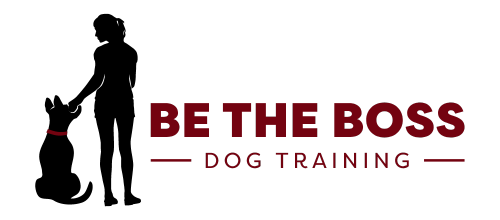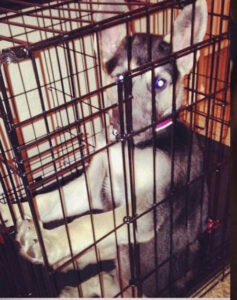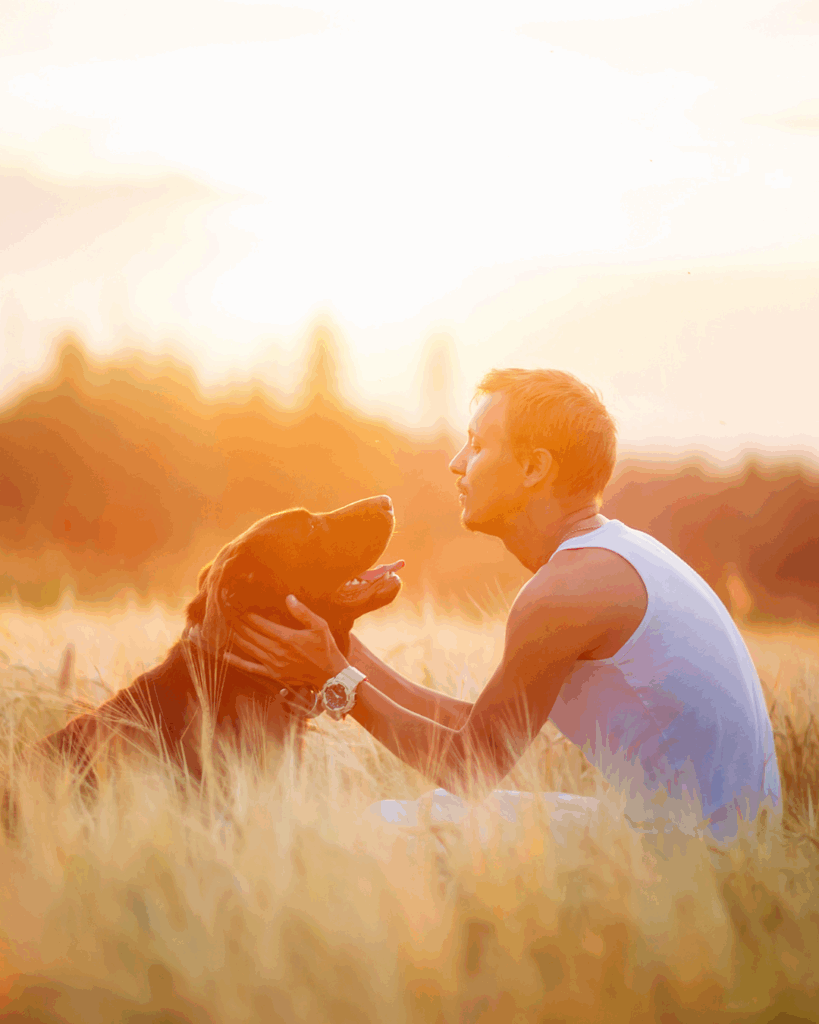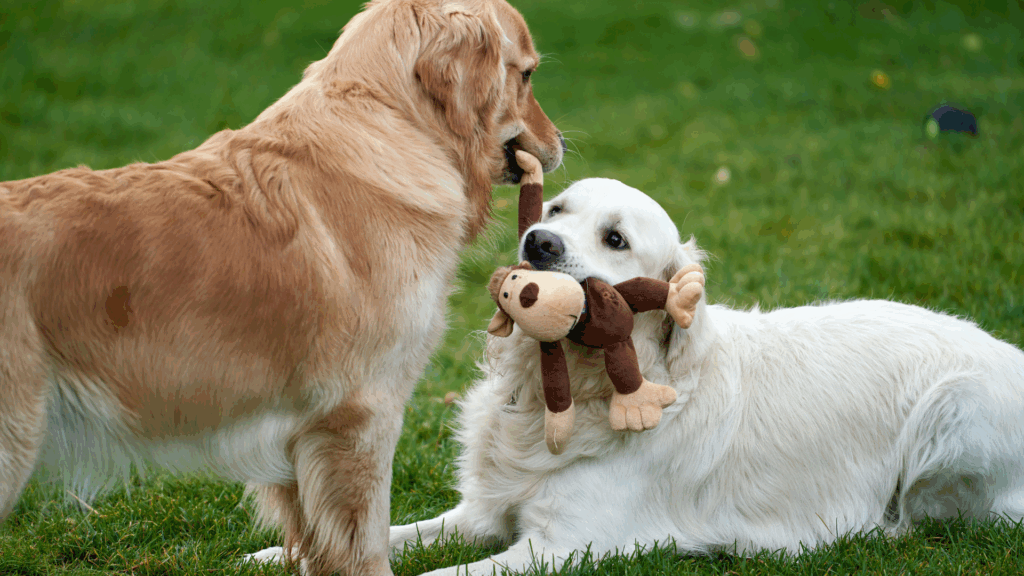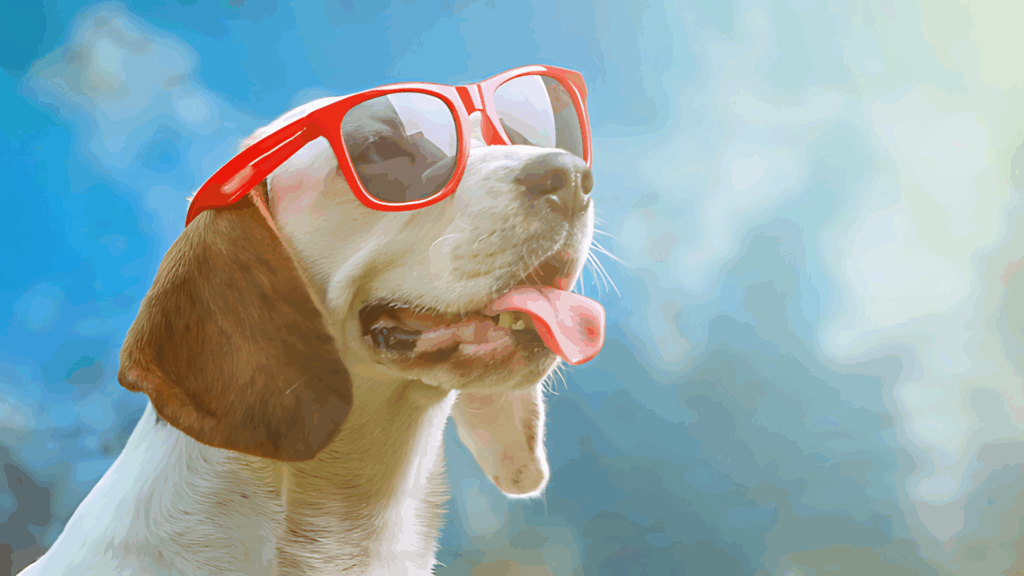Increasing their Insecurity
“Aww…look! She’s so excited to see you she’s peeing!” My niece screamed in excitement. After returning from an afternoon of running errands we had just come in the door and let our german shepherd dog out of the crate. She promptly piddled all over my boots and then rolled onto her back and got a bird bath in it. Not cool.
So….was my niece right? Was this excitement? Absolutely not.
Barring any medical issues and normal puppy potty training issues, this is a great example of a dog (not puppy) experiencing insecurity. They see you as the leader and being naturally shy or timid they are unclear about the rules so they do not know how to behave and revert to their default insecure state.
How to help?
- Don’t punish or scold for submission peeing
- Take the dog pee 2-3 times in the 30 minute period before you leave.
- When you arrive home ignore them. Whether it takes 5 minutes or 1 hour for them to calm down do not approach the kennel until they are calm. Calmness looks like: sitting down, laying down, no whining and no wiggling.
- This is THE most important one:
During your normal routine at home build their confidence. You can do this by giving them structure, structure and more structure! Teach them commands to lay down in one spot for minutes or hours at a time, sit, stay, walk nicely on a leash and go into their kennel with no fuss.
Dogs are not children and do not require love and affection first. Love and affection are a reward. If I could put love and affection in a bag and market it it would appear on the shelves right next to dog treats.
First is structure….commands and crate time. THEN comes reward time. This includes petting and sweet talking and free running in the backyard. Love them as much as you want AFTER you require obedience time. The dog will realize “Hey….I can do what Mom/Dad is asking of me! This is great!” and their confidence will increase.
Last of all, be patient. It takes time to build confidence and if your dog is naturally shy or timid this will be a lifetime adjustment.
Thanks for reading and good luck with your fur baby!
